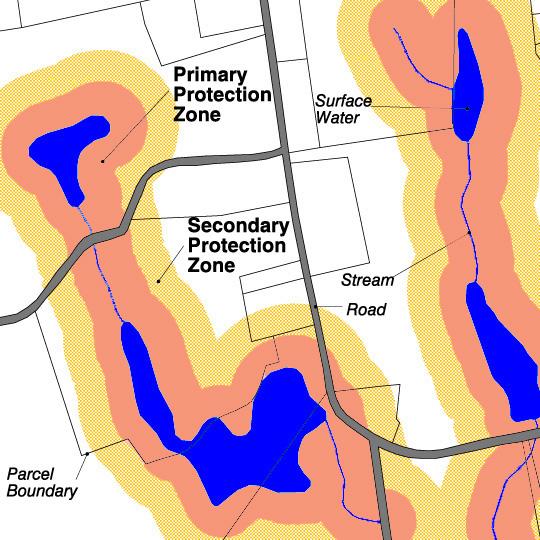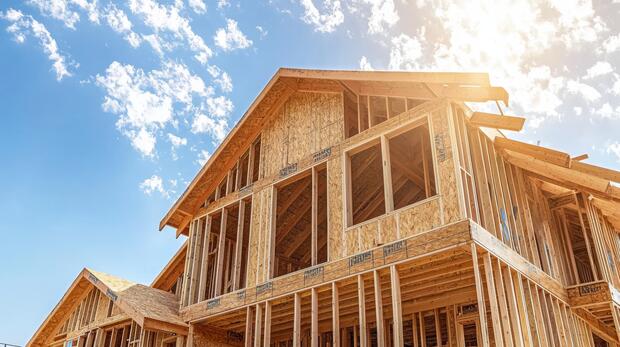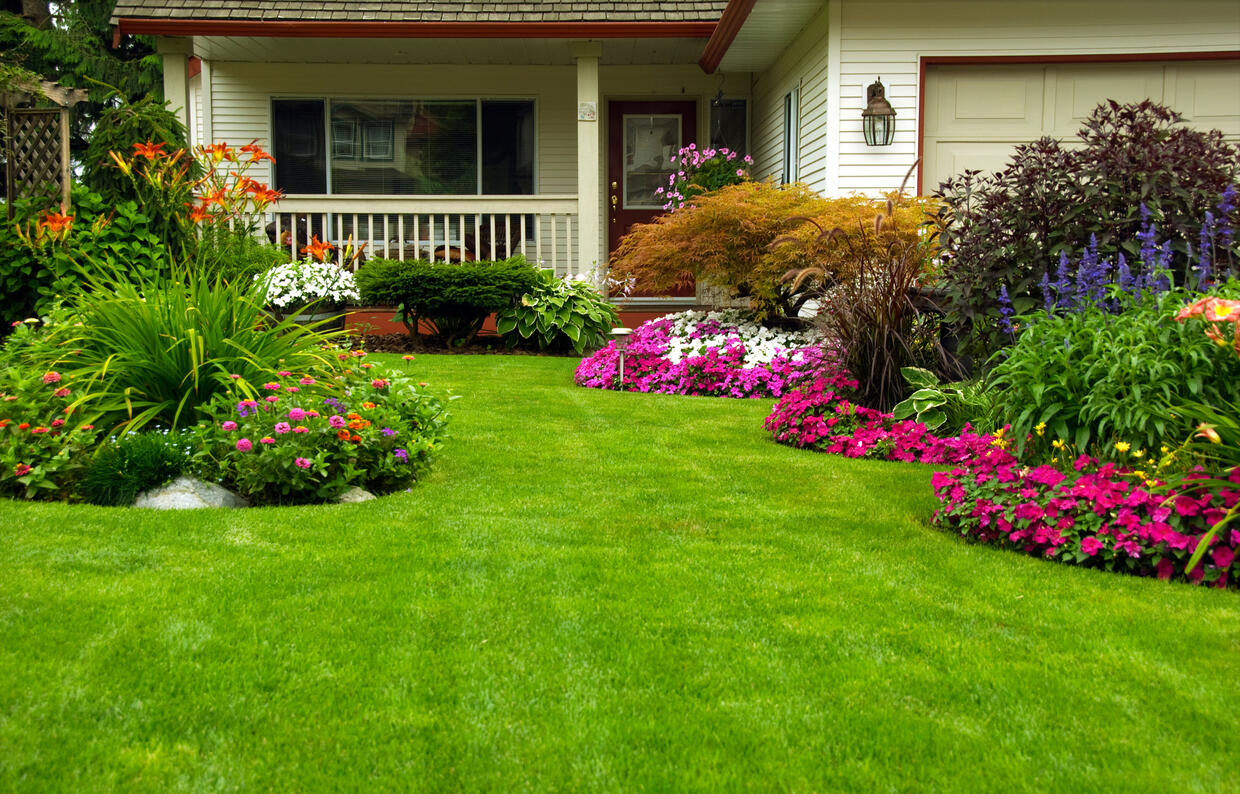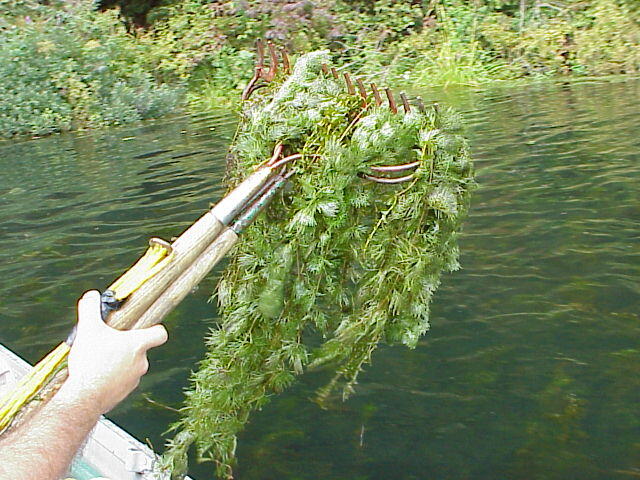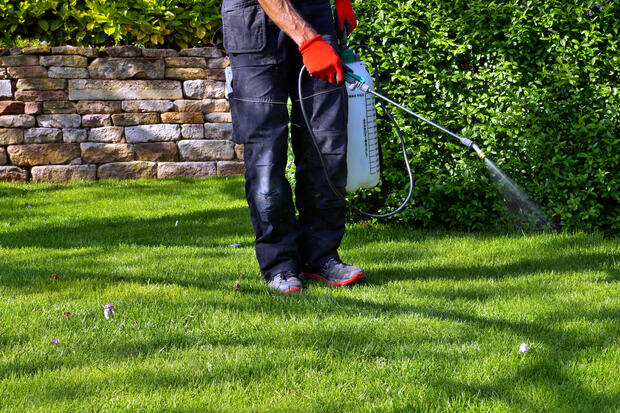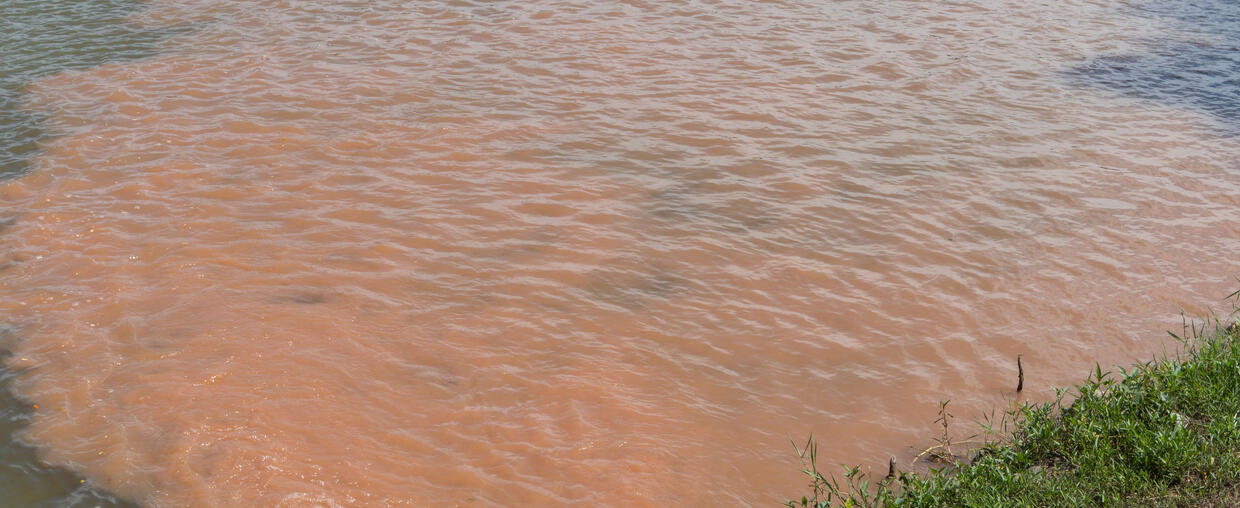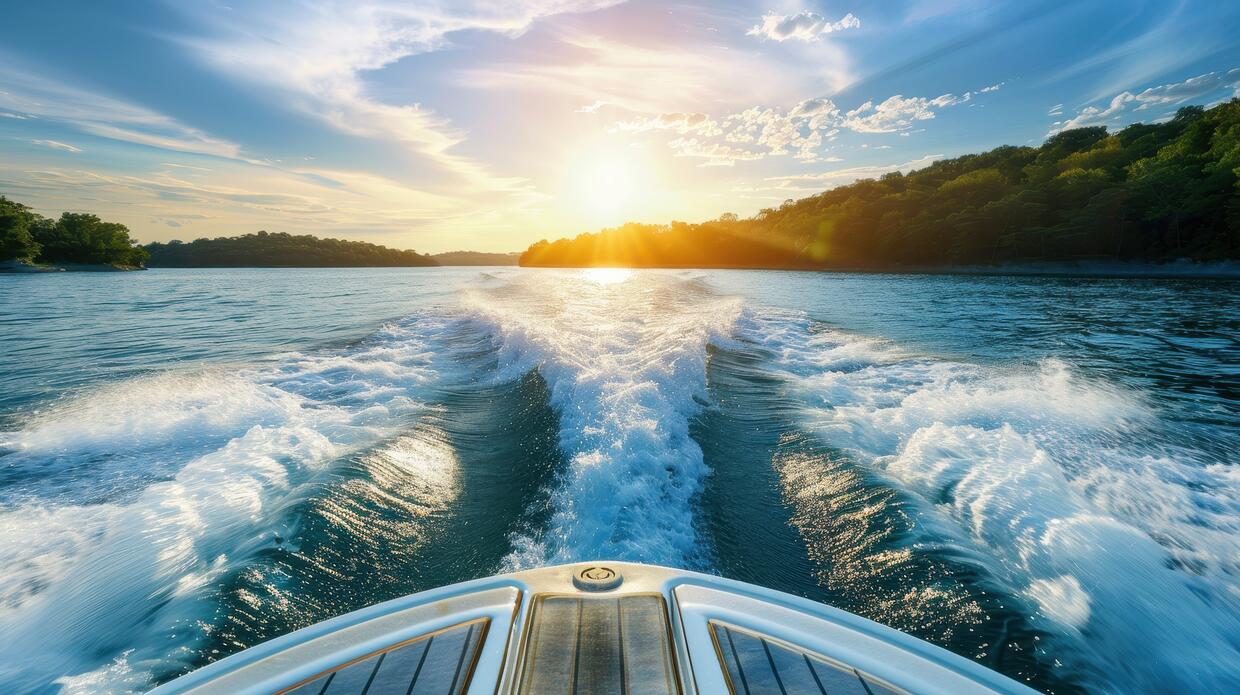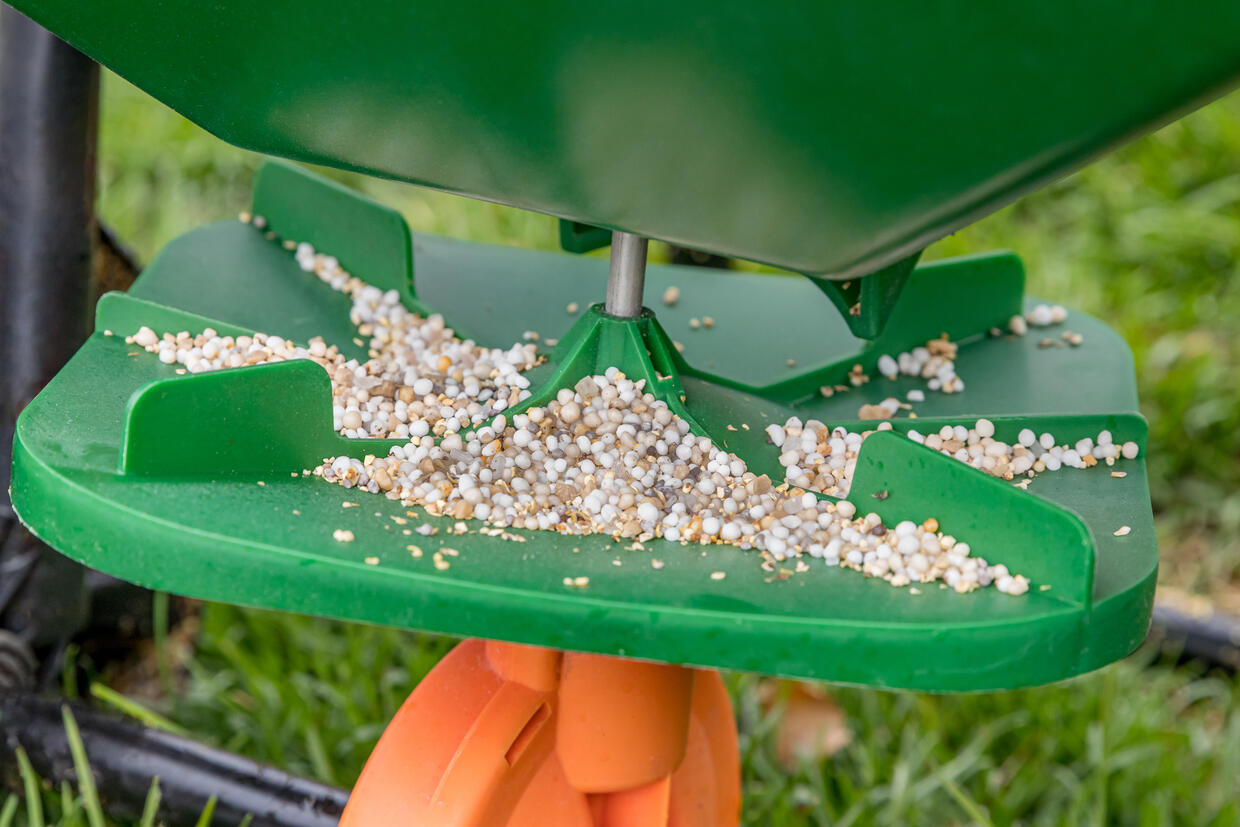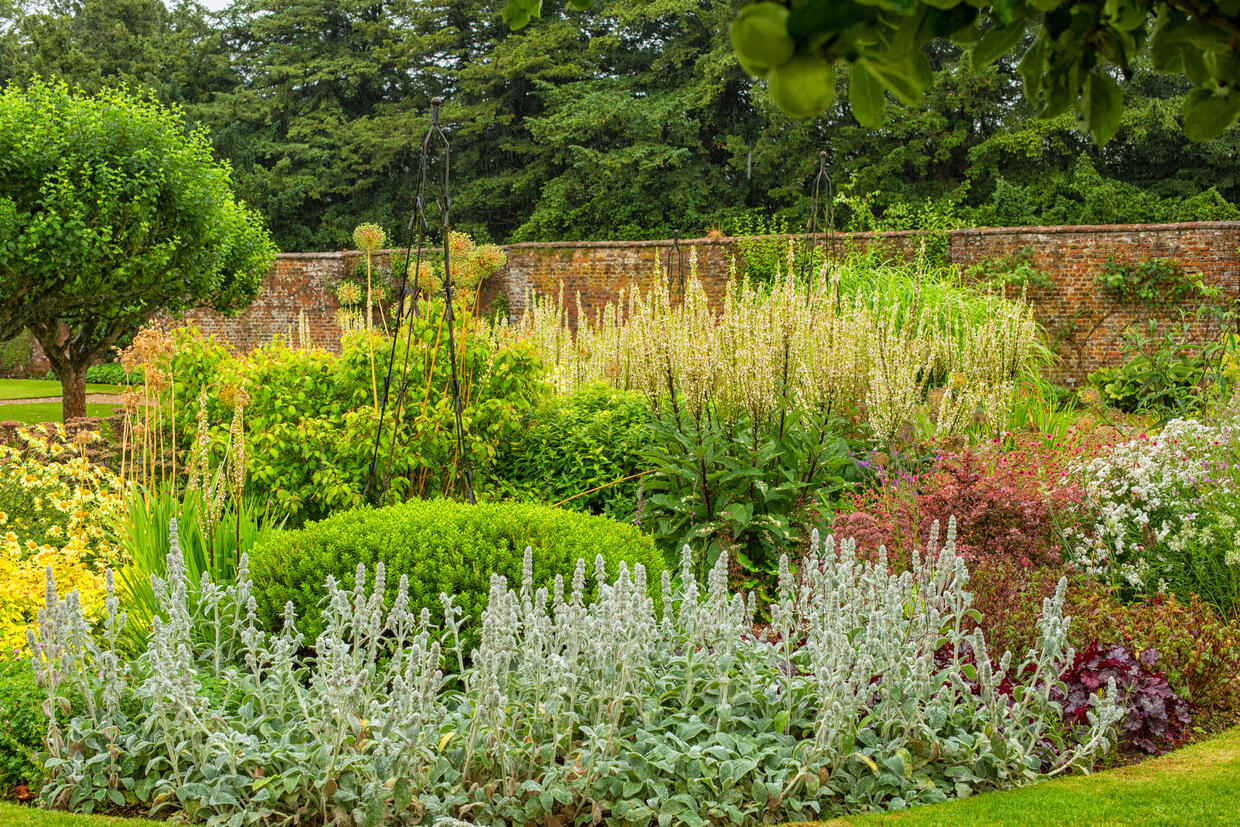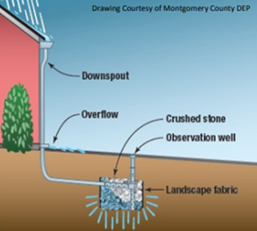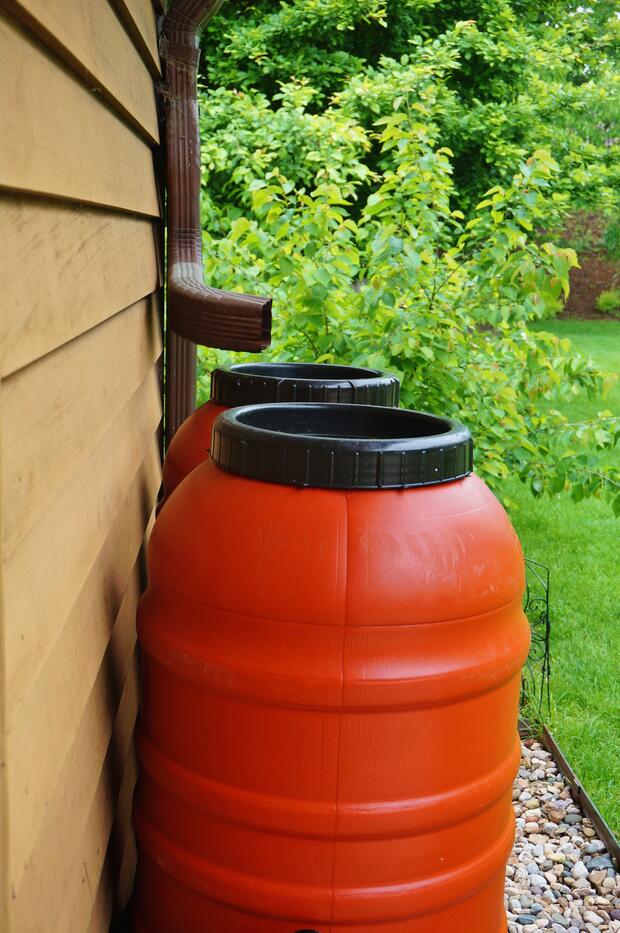WsPA Protection Zones
The Primary Protection Zone regulates land within 0-200 feet of a tributary or surface water. Alteration within this zone is prohibited unless eligible for an exemption or a Variance from DCR-DWSP. Alteration can include draining, dumping, excavating, grading, expansion of structures, etc. In addition, certain activities are prohibited within 200-400 feet, the Secondary Protection Zone. For more detailed information, please refer to 313 CMR 11.00.
Please contact DCR-DWSP prior to performing any of the following activities on your property:
- Construction
- Landscaping
- Septic System work
- Docks and Piers
- Any other activity that could fall under the definition of Alteration.
You may need approval from DCR-DWSP. Contact us for more information.
Construction
Construction includes activities such as:
- Additions
- Reconstruction
- Detached buildings
- Sheds
- Garages
- Swimming Pools
TIP
Less impervious surfaces (buildings, sheds, pavement, concrete, etc.) are better for water quality.
Landscaping
Landscaping includes activities such as:
- Lawns/lawn extension
- Vegetation removal
- Walkways
- Patios
- Decks
- Retaining Walls
- Bulkhead repair/installation
TIPS
Less lawn and more native vegetation (trees, shrubs, ground cover) on your property is better for water quality.
Stop mowing along edge of lake/pond to create a natural buffer.
Plant more native trees, shrubs, and ground covers.
Use pervious material for walkways such as gravel, pea stone, or pervious pavers.
Septic Systems
Improperly functioning septic systems can have a negative impact on the quality of water in lakes and ponds.
Septic system work includes:
- Installation of new septic systems
- Septic repairs
The following WsPA prohibitions may apply. Please contact DCR if you are doing any septic system work:
- The construction of any new Dwelling, including its subsurface sewage absorption system, which exceeds a density of two bedrooms per acre or any use which may generate more than 220 gallons of sanitary sewage per acre per day.
- The placement of the Leaching Field of a Subsurface Waste Water Disposal System less than four feet above the maximum water table level as measured at the time of annual high water.
TIPS
- Pump out your septic tank regularly – every two to three years.
- Extend the life of your septic system by avoiding tank additives and minimizing water consumption.
- Signs of a failing Septic System
- Unusually green or spongy grass over the system.
- Toilets, showers, and sinks back up or take a long time to drain.
- Sewage surfacing on your lawn or in a nearby ditch.
- Sewage odors around your yard, especially after rain.
Additional Resources
Docks, Piers, and Boat Use

If you are planning to install a dock or pier, please contact DCR first. You may also need local and state approval.
Aquatic Invasive Species
Aquatic invasive species are plants or animals, either indigenous to this region (native) or from other regions (non-native or exotic), that have the ability to dominate or alter an ecosystem. They can be transported by boats and fishing gear. Please be careful when transferring your boat or tackle from one body of water to another.
Why Are Aquatic Invasive Species Harmful?
- Many invasive plants grow rapidly in our lakes and do not provide ideal habitat or food for fish and other aquatic animals.
- Animals that depend on native vegetation must relocate or perish.
- Invasive species can reduce the biological diversity of the area and disrupt the balance of the ecosystem.
TIPS
- Remove all plant fragments and animals from your boats, including motors, anchors, trailer, and fishing gear – these may be Aquatic Invasive Species!
- Dispose of plant and animal matter on dry land away from the shore in a trash can.
Additional Resources
Pollutants
Many types of pollutants, such as sediment, fertilizers, pesticides, and nutrients, can be introduced from yards into lakes and ponds, degrading water quality.
The WsPA prohibits the following:
- The outdoor storage of fertilizers, herbicides and pesticides.
- The outdoor, uncovered storage of manure.
Sediment can come from a variety of sources such as construction, landscaping, or other loss of vegetation (which leads to erosion). Increasing the load of sediment into a lake or pond has many harmful effects, such as:
- Filling in the lake or pond, causing it to become increasingly shallow and less capable of retaining and storing floodwaters.
- Trapping solar radiation, which increases water temperature while decreasing the water clarity.
- Depleting the available oxygen which can impact aquatic animals.
Nutrients, such as excess nitrogen and phosphorous, degrade water quality. Some sources of nutrients from your yard include: fertilizers, pet waste, and failing septic systems.
Sediment
Runoff from construction activities and unprotected shorelines can result with sediment in tributaries and surface waters. Sediment degrades the quality of water for water supplies and wildlife.
Failing Erosion Controls
Erosion and sediment controls need regular inspections to ensure their effectiveness.
Shoreline Erosion
Manicured lawns for shorelines are susceptible to erosion from waves caused by wind and wakes from boats.
TIP
- Watch your boat’s wake – it causes erosion!
Additional Resources
Fertilizers
It’s best not to use fertilizers near the water.
Runoff from treated areas can enter lakes and ponds and create algae blooms due to the increase in Phosphorous and Nitrogen. Algae blooms can be harmful to people and animals.
TIPS
- If you must use a fertilizer, then use organic, time-release fertilizers. These fertilizers slowly release nutrient to your lawn, reducing the amount of pollutants washed into waterways.
- Use a mulching mower. You can decrease your use of fertilizers by 25 percent by using a mulching lawnmower.
Pet Waste
Pet waste contains harmful bacteria and parasites. Rainwater can wash these from your yard into lakes and ponds.
TIP
- Pick up after your pets as soon as possible and dispose of properly.
Pesticides
Avoid pesticides and herbicides when possible. Not only is it better for the health of lakes and streams, but it is also better for the health of your family.
TIPS
- If you must use pesticides, use them sparingly and only where needed to ensure excess will not be washed into lakes and ponds.
- Always follow the label instructions.
Four Ways You Can Protect Water Quality
1. Vegetated Buffers
Depending on the size, alteration for lawns can be exempt; however, vegetated buffers are encouraged to protect water quality.
2. Rain Gardens
Rain Gardens help protect lakes and ponds and can be beneficial to pollinators.
3. Drywells
Drywells collect and infiltrate runoff from gutters helping control runoff on your property.
4. Water Conservation
Rain barrels capture water from the gutters and store for later use. It’s a great way to conserve water for your landscaping needs.
Additional Resources
Contact Information
Quabbin Reservoir and Ware River Watershed Communities
DCR Division of Water Supply Protection
Quabbin/Ware Region
485 Ware Rd.
Belchertown, MA 01007
(413) 213-7935
allan.rantala@mass.gov
Wachusett Reservoir Watershed Communities
DCR Division of Water Supply Protection
Wachusett/Sudbury Region
180 Beaman St.
West Boylston, MA 01583
(857) 303-5427
Bernadette.DeBlander2@mass.gov
